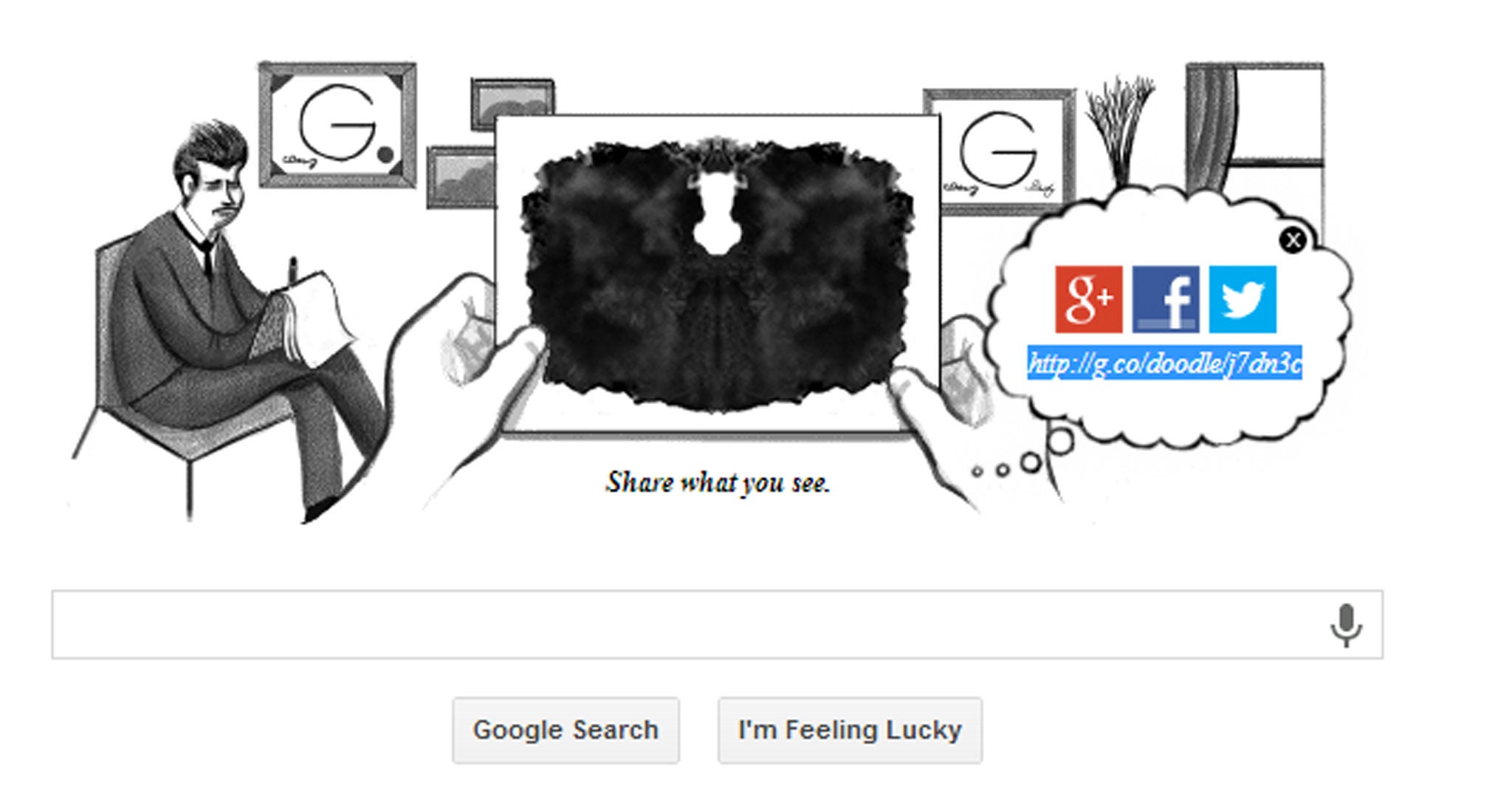Your support helps us to tell the story
From reproductive rights to climate change to Big Tech, The Independent is on the ground when the story is developing. Whether it's investigating the financials of Elon Musk's pro-Trump PAC or producing our latest documentary, 'The A Word', which shines a light on the American women fighting for reproductive rights, we know how important it is to parse out the facts from the messaging.
At such a critical moment in US history, we need reporters on the ground. Your donation allows us to keep sending journalists to speak to both sides of the story.
The Independent is trusted by Americans across the entire political spectrum. And unlike many other quality news outlets, we choose not to lock Americans out of our reporting and analysis with paywalls. We believe quality journalism should be available to everyone, paid for by those who can afford it.
Your support makes all the difference.Google has celebrated the 129th birthday of Freudian psychiatrist Hermann Rorschach with a doodle showing his famous inkblot test.
The black and white doodle features a cartoon version of the renowned psychoanalyst sitting with a notepad and pen, while disembodied hands hold a piece of paper containing a simple inkblot in front of the screen.
Users are then encouraged to share their interpretation of the inkblot on Google Plus, Facebook or Twitter.
Hermann Rorschach was born on 8 November 1884 in Zurich, Switzerland. As a child he was known as “Klecks”, thanks to his love of klecksography – the art of turning inkblots into recognisable images. This childhood hobby was something that would later shape his career as a psychiatrist.
At high school, Rorschach wrote a letter to the renowned German biologist Ernst Haeckel requesting his help in deciding between a career in art or science. Haeckel suggested science and Rorschach immediately enrolled in medical school at the University of Zurich.
After graduation he studied under the eminent psychiatrist Eugen Bleuler, who had previously taught Carl Jung. Rorschach found the buzz surrounding the psychoanalyst movement - led by the likes of Sigmund Freud - reminded him of the excitement his classmates once found in their inkblot paintings.
This memory caused Rorschach to wonder why some people have completely different responses to the same inkblots paintings, so he started showing the artworks to children in order to analyse their wildly varying responses.
After years of conducting these tests while working as an assistant director at the regional psychiatric hospital in Herisau, Rorschach wrote Psychodiagnostik – a book describing how inkblot tests can be effectively used in psychoanalysis.
Rorschach died less than a year after writing the ground-breaking work, killed by peritonitis brought on by a ruptured appendix. He was 37.

Join our commenting forum
Join thought-provoking conversations, follow other Independent readers and see their replies
Comments